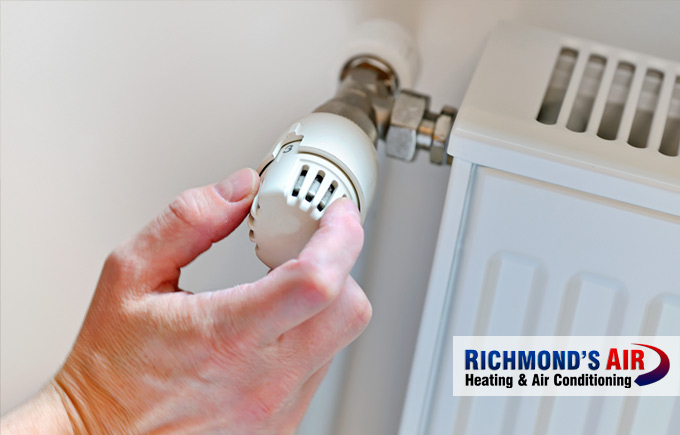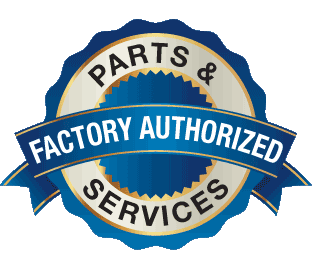DIY troubleshooting questions to ask if your residential heating system stops working
The last thing you want to experience in the middle of winter is poor warm air circulation in your home. If it seems as if your house heater is not working, or if the central heat is not working but the AC is, then you’ll need to call professionals … or will you?
While there’s definitely certain types of heating unit repair jobs that should be left to professionals, there’s also some front-line diagnostics that you can perform on your own.
If you’re lacking proper warm air flow, then start by checking out the following aspects of your heating system before calling our Houston heating repair professionals.
Have you checked the thermostat?
One of the first things you should check is the thermostat. Make sure that you’ve placed it at the right setting. If you inspect it and verify that the setting is correct, but the thermostat isn’t where it needs to be, then it’s time to perform a deeper inspection.
If you have a battery-operated thermostat, make sure that the battery isn’t weak or dead. If so, then of course, make the proper replacements. If it’s electrically operated, then you’ll want to make sure that the circuit breaker hasn’t tripped. You can do this by turning the switch off and on. Sometimes this is all that’s needed to reset your unit and get the heat flowing once again.
When’s the last time you’ve cleaned the filters?
Did you know that a clean or dirty filter could mean the difference between air circulation efficiency and an out-of-the-ordinary utility bill? You should be cleaning your filters during the major changes of the seasons.
If your unit is a heating/air conditioning combo, then you’re probably running your unit around the clock. This will mean that you’ll need to clean or change your filters up to every other month. This will increase the effectiveness of air flow in your home and improve the indoor air quality.
Is the pilot working properly?
If you have a gas heating unit, then checking the condition of the pilot is crucial. First, you’ll need to make sure that there’s gas flowing freely to the pilot light. If there’s a block in the gas line, then turn off the gas valve and call a professional immediately. Sometimes, turning off the gas valve is all that’s needed to reset the system, but if in doubt just turn it off and let the professionals handle things.
If there’s enough gas flow through the pilot, then the next step is to check the burner. It’s common for the burner holes to collect soot from previous use, especially if you’re running the heater around the clock. Turn off the gas first, and then clean the soot off of the pilot. You can simply use a tool to scrape off the soot until you get down to clean metal. After you’ve removed the soot, turn the gas back on and look to see if it ignites properly again.
How clean are your air ducts?
Your air duct system is one of the most important elements inside of the house, and yet it’s often one of the most overlooked systems. If you’re not getting your ducts cleaned and vacuumed out on a regular basis, then you’ll never enjoy the type of air flow that you’ll need to feel comfortable.
What’s more, depending upon the age of your home and how the vents are situated outdoors (is the opening of your vent situated underneath a tree, for example?), you might have more than dust balls trapped inside of your ductwork.
Luckily, the issue is relatively easy to fix. Simply call a professional to come and clean things out. Be sure to schedule regular cleanings so that you can enjoy clean air and efficiency throughout the year.
Is your heater running constantly?
This is one of the easiest heating issues to resolve. Most heating units are equipped with a lever that allows you to set the air flow between “auto” and “on.” The “on” setting will allow your warm air to run continuously, without turning off. But if you set the unit to auto, then you’ll find that the heater will only turn on when it drops below the temperature you’ve set the unit to.
Despite how cold it may be outside, you’ll find that setting your unit to “auto” is best. If the temperature dips too cold, then it will automatically turn on. But on the other hand, allowing it to automatically shut off will allow you to save money on your energy bill and prevent it from running constantly.
Still not working? Time to call in the experts
If you’ve performed your own base-level diagnostics, but you’re still not able to find out what’s wrong, then give Richmond’s Air a call right away.
 Read reviews
Read reviews








